How to Make Fig Marmalade at Home
Discover the rich flavor of homemade...
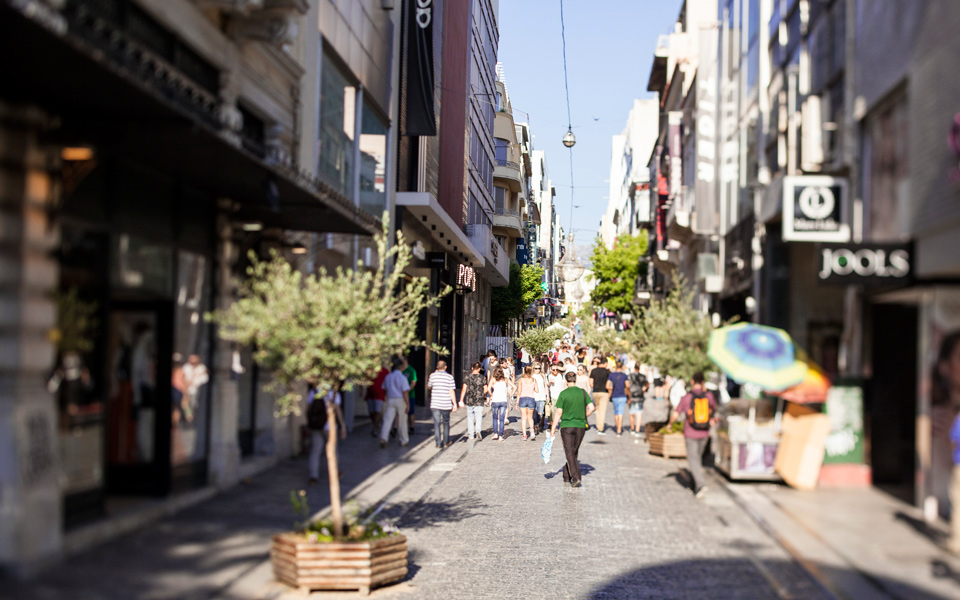
Visitors and Athenians alike come to Ermou Street, stretching from Syntagma Square into Monastiraki, one of the longest, most diverse shopping avenues in Athens.
© Dionysis Kouris
Early 20th century descriptions of the area between Syntagma and Monastiraki squares speak of a bustling commercial hub, where the city’s residents went to purchase their everyday essentials, as well as small luxuries including fabric for a new frock or an item of jewelry for a special occasion. They describe the district’s transition from a simple market for the working class to a high street for the capital’s aristocracy and burgeoning middle class that was just beginning to be able to afford European finery.
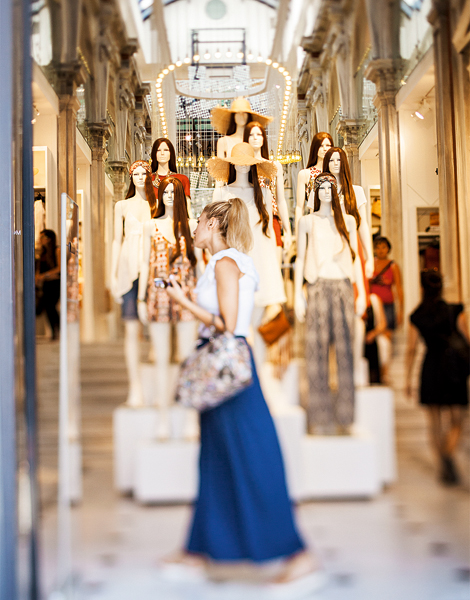
Find the latest trends at Ermou Street's Pyrros Stoa.
© Dionysis Kouris
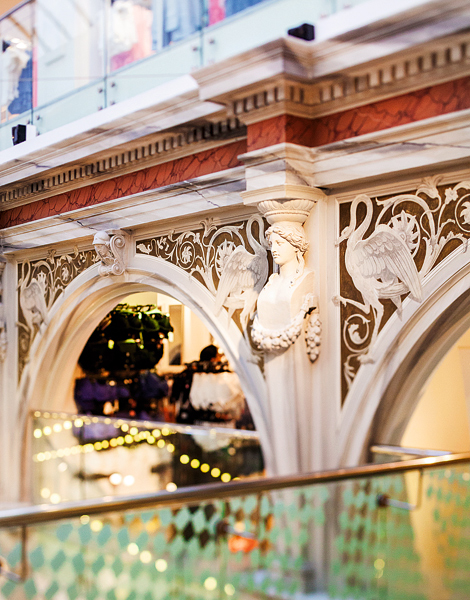
The Pyrros Stoa, named after Loukas Pyrros, owner of the original house, is a three-story neoclassical mansion now home to H&M.
© Dimitris Kouris
This 1,300 m-long stretch of Ermou was once abuzz with a vast array of migrant peddlers, well-dressed clerks, movie stars and theater divas, barrel-organ players, tourists, ladies’ maids, members of the Greek nobility and Bavarian court, young seamstresses rushing to find a piece of lace to finish an evening gown, chestnut and sesame-ring sellers, wealthy merchants and real estate developers, craftsmen, artists and elegant young saleswomen working in fancy European boutiques. Before the street was finally paved (between 1910 and 1920) it was constantly beset by a cloud of dust, kicked up by the horse-drawn carriages of society ladies, dancing bears (a practice long since outlawed) and the shuffling of feet clad in every imaginable kind of shoe: from Turkish silk slippers to stiletto heels, and from patent-leather men’s shoes to traditional tsarouchi clogs. Before it was pedestrianized in the 1990s, Ermou also came to be clogged with cars, delivery vans and buses.
Today, Ermou can be described as a 21st century version of what it once was a century ago. Besides the ordinary goods of the ever-present street peddlers, you will find everything that a satisfying shopping spree might require, from a huge selection of footwear and clothing to eye glasses, housewares and numerous other useful items.
THE LOW WALL
surrounding the sunken Byzantine Church of Kapnikarea for a breather and some people-watching. There is a plethora of food and snack choices in the surrounding side streets, such as Kapnikarea Cafe (2 Athanasiou Christopoulou) with its live Rembetika music band.
ARISTON
Makes arguably the most delicious cheese pie (tyropita) in town, as well as a wide selection of other tasty pies – a must when you need a quick, tasty snack (10 Voulis).
BUY A HAT
Men should try Kanellos (9 Kolokotroni) and women Karfil (12 Aghias Irinis). You will find everything from cool, handmade Panama hats and wool caps to straw sun hats.
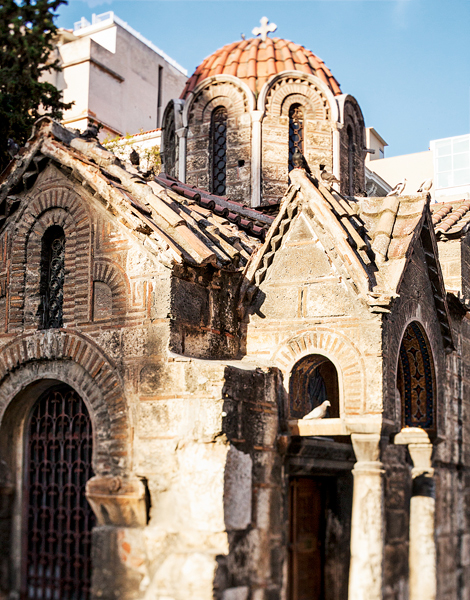
Kapnikarea, the small Byzantine (11th century) church halfway down Ermou Street is dedicated to the Virgin Mary (Panaghia).
© Dionysis Kouris
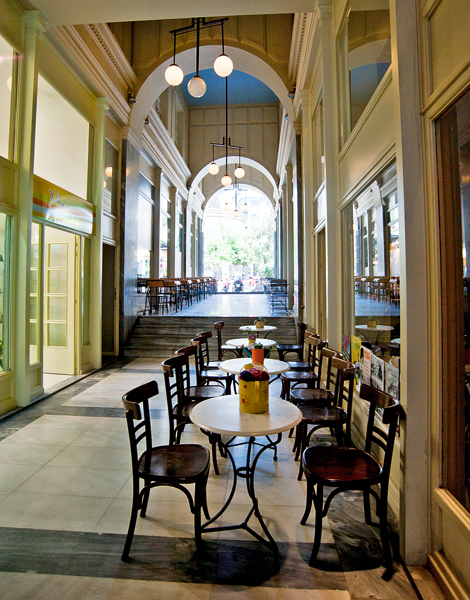
The Koniari – Mela Stoa (54 Ermou & 10 Kapnikarea Square)
© Clairy Moustafellou
You will notice that the farther you get away from Syntagma and the closer to Monastiraki, the more prices tend to drop, a reflection of the strip’s westwardly diminishing property values. At Athinas Street, the pedestrian zone ends and Ermou street enters Monastiraki. Here, the cars return and the dignified high street begins to take on the atmosphere a lively old-world marketplace.
Discover the rich flavor of homemade...
Explore Ancient Messene, enjoy the local...
A closer look at the powerful,...
Two years after the devastation caused...